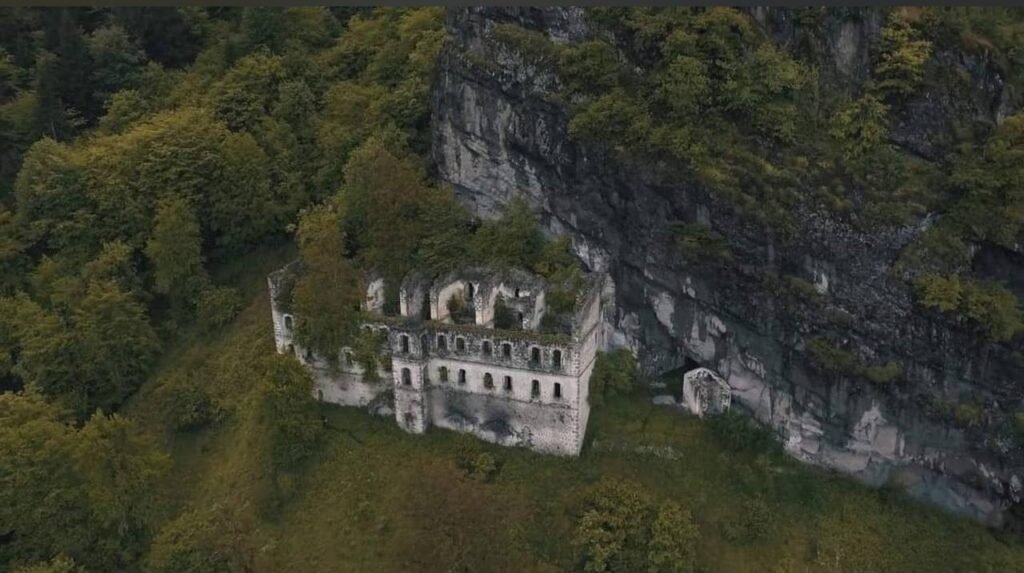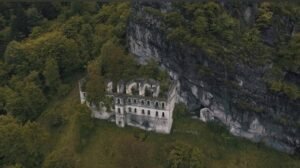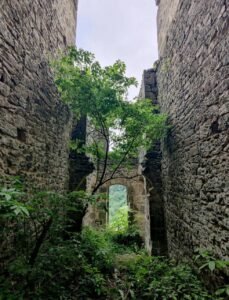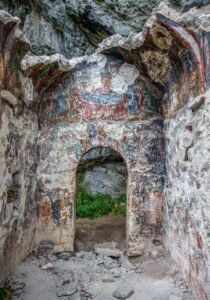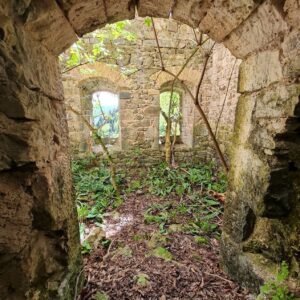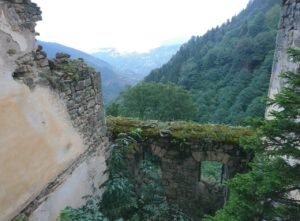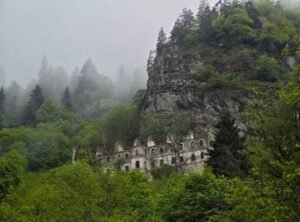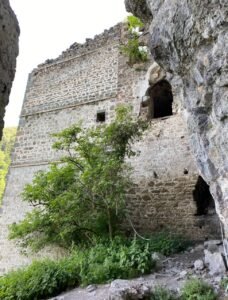Description
Vazelon Monastery: A Hidden Gem of Trabzon’s Spiritual and Cultural Heritage
Nestled into the steep cliffs of the Maçka (ancient Matzouka) Valley, about 40 km south of Trabzon, Vazelon Monastery stands as one of Anatolia’s earliest Christian sanctuaries. Its rugged silhouette peeks through the lush Black Sea forests—an evocative sight for any traveler seeking profound history and serene natural beauty.
1. Ancient Origins – Roots in Early Christianity (270–317 AD)
Scholars believe Vazelon’s foundation dates back to the late 3rd or early 4th century during the Diocletian persecutions (around 303 AD) and at the dawn of Christianity’s legalization by the Edicts of Serdica (311) and Milan (313) . Initially just a cave church carved into rock, it provided refuge to early Christians during hostile times. Its location at the junction of natural pathways made it both discreet and strategic.
2. Byzantine Patronage and Medieval Flourishing
In 565 AD, Byzantine Emperor Justinian I recognized its importance and initiated restoration works after the monastery weathered Sassanid Persian assaults . Throughout the Middle Ages, it underwent further expansions—especially in the 8th, 9th, 14th, and 19th centuries . During the Empire of Trebizond (13th–15th century), Vazelon enjoyed royal patronage and economic prosperity, controlling nearby villages and amassing wealth—so much so that its revenues are said to have funded the construction of the more famous Sümela Monastery.
3. Artistic Treasures – Frescoes of Faith and Final Judgment
One of Vazelon’s most striking features remains its frescoes. Especially noteworthy are the Last Judgment scenes depicting Heaven, Hell, and the Second Coming, painted on the north exterior walls of the top church. These vivid, dramatic works reflect Post‑Byzantine spiritual artistry and are rare surviving examples in the region . Inside, a trove of frescoes from the 14th century portrays saints, martyrs, and religious scenes—echoes of centuries past .
4. Trials Through the Ages – Resilience in the Face of Conflict
Vazelon has endured centuries of turmoil. Persian invasions in the 6th century left it partially destroyed, and World War I brought more violence: during the Russian occupation of Trabzon (1916–17), Turkish forces reportedly executed Pontic Greeks at the monastery . Vandalism, treasure-hunting, and natural decay further deteriorated the site during the 20th century .
The forced population exchange of 1923 between Greece and Turkey ended the monastic community’s presence. One monk carried an icon of John the Baptist to Greece, marking the final chapter of an ancient spiritual tradition .
5. In Ruins Today—but Undeniably Majestic
Today, Vazelon Monastery stands silent yet powerful: four stories of stone cells, chapels, vaulted water cisterns, hidden passages, and remnants of communal kitchens and dining halls . Climbing the remaining 96-step stairway, visitors reach the upper chapel with its breathtaking cliffside frescoes. Although many frescoes are weathered or defaced, those surviving continue to reflect stunning artistic mastery .
6. Restoration Efforts – A Future of Cultural Revival
Restoration plans date back to 2018, backed by EU funding and a tender from the Ministry of Tourism . Work was anticipated to begin in 2020, but delays—largely due to the pandemic—have postponed those efforts . Local officials note the dire state of access roads and erosion challenges, and advocate urgent conservation to prevent further collapse .
7. Visiting Vazelon – Guidance for Travelers
Access & Trekking
From Trabzon, drive along the D885 (Anadolu Boulevard/E-97) toward Maçka, then take the secondary route after Kiremitli. The paved road ends near a parking area; a marked footpath leads through forest and under cliffs to the monastery, a walk of around 1–2 km.
Public minibuses (dolmuş) run from Trabzon to Maçka and some upper villages; from there, a 6–7 km hike is required .
Best times to visit
Late spring to early autumn offers optimal weather and accessible trails. Winter visits, though atmospheric, can be challenging due to snow and icy slopes .
What to bring
-
Good hiking shoes
-
Water and snacks
-
Weather-appropriate clothing
-
A camera—though drones may be restricted.
Also, support local businesses in Maçka and sample regional Black Sea cuisine: corn bread, kale soup, anchovies, and tea.
8. Beyond Vazelon – Exploring Maçka and Trabzon Region
The Maçka Valley hosts several historic monasteries: Sümela, Kuştul, Kaymaklı, Panagia Theokephastros, and Panagia Keramesta. Exploring them alongside Vazelon offers deeper insight into Pontic monastic heritage. Continue to Trabzon’s city center to visit Santa Maria Church (constructed 1869–74), the Byzantine-era Hagia Sophia, vibrant bazaars, and the waterfront Old Town.
9. Why Vazelon Matters – A Cultural and Spiritual Beacon
-
Historical Continuum: Spanning Roman, Byzantine, Trebizond, Ottoman, and early Republic eras, Vazelon embodies nearly two millennia of layered history.
-
Artistic Value: Its frescoes preserve rare visual narratives of monastic life and eschatological beliefs.
-
Cultural Memory: Archival charters (“Acta Vazelon”) illuminate Pontic Greek land holdings and relations from the 13th–18th centuries, housed in St. Petersburg and Ankara.
-
Spiritual Quietude: The site offers a meditative retreat amidst mountain silence—fulfilling the original monastic intent.
10. Safeguarding a Fragile Heritage
Vazelon remains vulnerable:
-
Natural decay: Tree roots, rain, landslides threaten structural stability .
-
Human damage: Looting and vandalism scar frescoes and stonework .
-
Access challenges: Inadequate pathways and lack of facilities discourage visitors and conservationists .
Without expedited restoration, Vazelon risks fading into obscurity. Yet its recognition by Turkish and EU preservation agencies gives hope that this spiritual jewel will be restored and shared with the world.
In Closing
Vazelon Monastery is a journey into the past: from cave-church origins, through imperial grandeur and medieval prosperity, to present-day ruin. It calls to those seeking imagination, peace, and cultural depth. Travelers drawn to history, art, and mountain scenery will find visiting Vazelon both humbling and unforgettable.
If Vazelon were more widely known, it could rival its neighbor Sümela in fame. But for now, state-driven restoration and passionate local advocacy may help this ancient sanctuary reclaim its rightful place in Trabzon’s rich panorama of heritage.
Author’s Tip: Pair a visit to Vazelon with a day trip to Sümela and a hike through the Zigana Pass. End your day in Trabzon city, enjoying çay by the Black Sea—reflecting on centuries of spiritual silence high above the valley floor.
Location
-
Coşandere, Maçka Yolu No:36, 61750 Maçka/Trabzon
